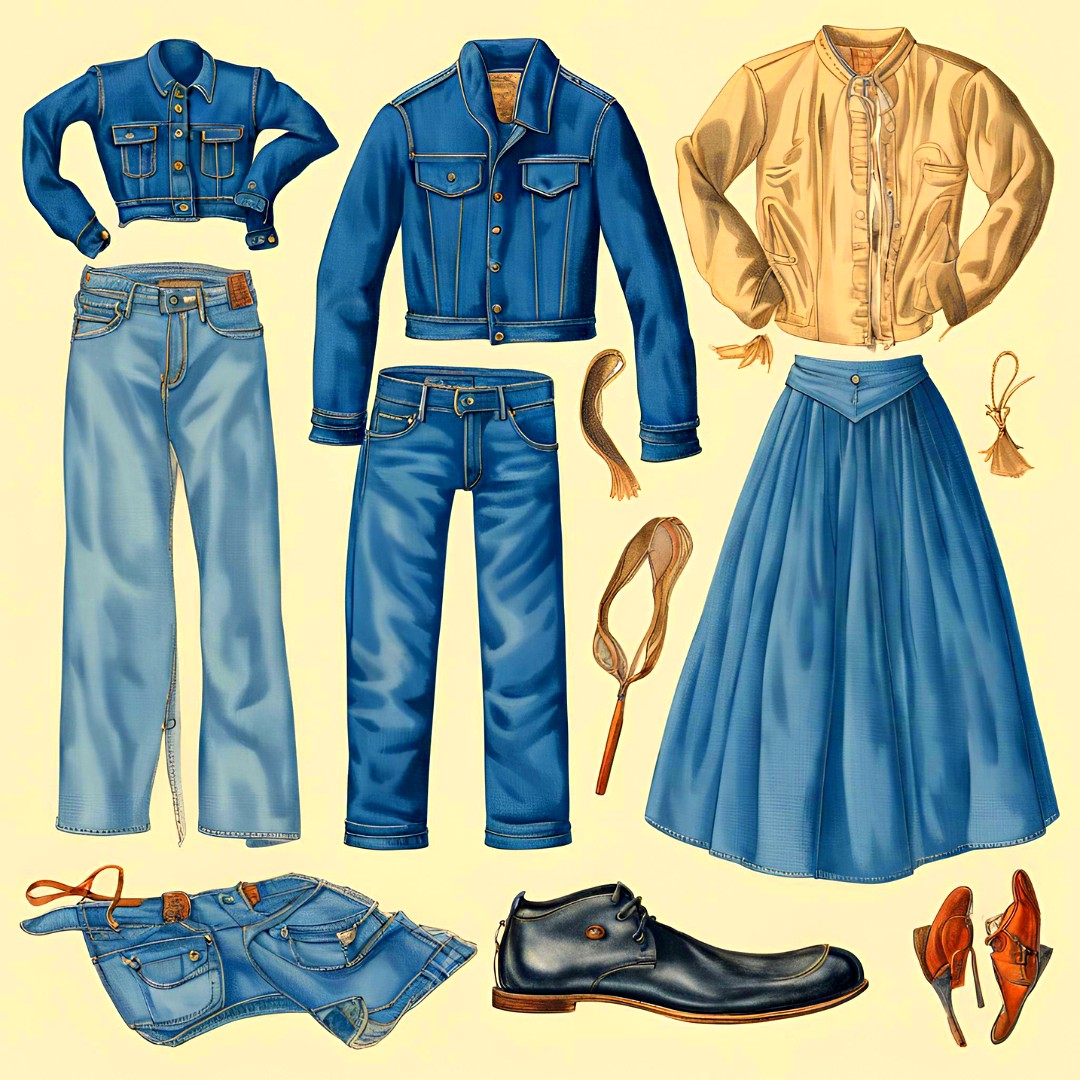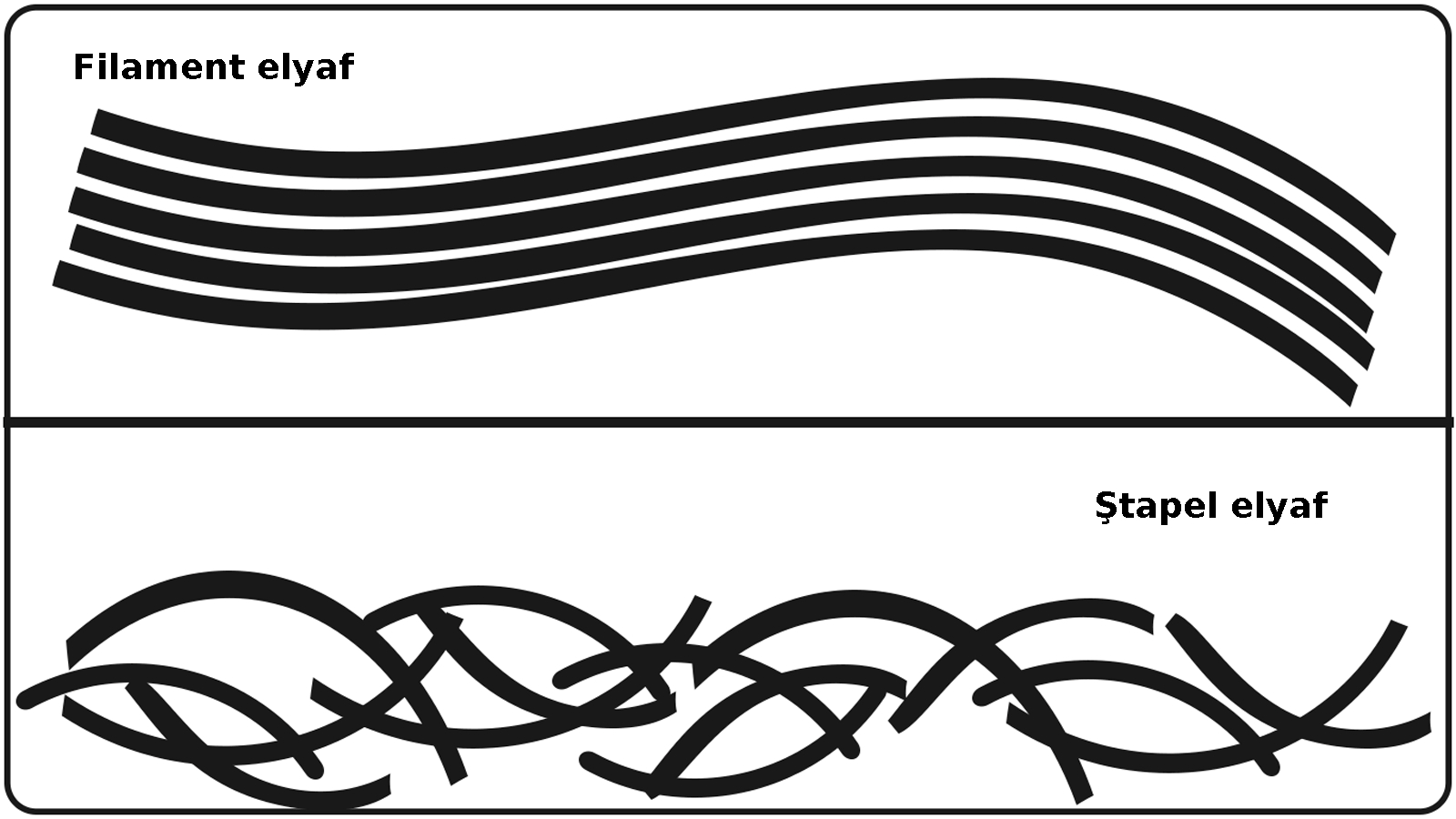 |
| Man-made fibers scheme |
Man-made Fibers are two types: Organic and
Inorganic Fibers.
Organic Fibers
These are the fibers that are not found in natural. They are all produced by human from regenerated cellulose and petroleum derivatives. A general description of broad bases for classification of manufactured fibers should be helpful.
Fibers Derived from a Cellulosic Base
Some fibers, such as rayon and acetate, have a base of natural plant cellulose, the same as cotton. Other fibers are based on protein found in milk, soybeans, or corn meal. Others are based on natural rubber from the rubber tree.
Fibers Derived Synthetically from a Noncellulosic Base
Nylon, Polyester, Acrylic, Modacrylic etc. The fibers in this classification may be called general-purpose fibers since they are widely used for many kinds of clothing and for many industrial purposes. The fiber-forming substances are chemical compounds created largely from petroleum and natural gas. These compounds are also used for plastic materials. Other noncellulosic man-made synthetic fibers may be called special-purpose fibers.
Inorganic man-made fibres
They are glass, metallic, rock wool, carbon, ceramic etc.



















































































































5 yorum:
Their principal end-use is in clothing, carpets, household textiles and a wide range of technical products - tyres, conveyor belts, fillings for sleeping bags and cold-weather clothing, filters for improving the quality of air and water in the environment, fire-resistant materials, reinforcement in composites used for advanced aircraft production, and much else. Fibres are precisely engineered to give the right combination of qualities required for the end-use in question: appearance, handle, strength, durability, stretch, stability, warmth, protection, easy care, breathability, moisture absorption and value for money, for example. In many cases, they are used in blends with natural fibres such as cotton and wool.
Man-made fibres come in two main forms: continuous filament, used for weaving, knitting or carpet production; and staple, discontinuous lengths of fibre which can be spun into yarn or incorporated in unspun uses such as fillings or nonwovens
Synthetic fibers is the result of extensive research by scientists to improve on naturally occurring animal and plant fibres. In general, synthetic fibers are created by extruding fiber forming materials through spinnerets into air and water, forming a thread. Before synthetic fibres were developed, artificially manufactured fibres were made from polymers obtained from petrochemicals. These fibres are called synthetic or artificial fibres. Some fibre s are manufactured from plant-derived cellulose.
Man-made fibers are produced by combining polymers or small molecules. An example of a raw material is petroleum-based chemicals. The typical manufacturing process is as follows:
-Begins as a solid pellet, chip, or flake.
-Heated to its melting point.
-Extruded through a spinneret, like a shower head, and solidifies in the cool air.
-Filaments are stretched and orient into an orderly arrangement. This stretching process gives the filament both its strength and elasticity.
-Multiple filaments are combined into a bundle to form a filament yarn.
-Yarn is graded into deniers (sizes) and used in the weaving, braiding, or knitting of fabric. (A monofilament is extruded as a single filament like a fishing line)
Man made materials are still based on the superior natural designs of fibres, such as spider and caterpillar silk. Layering of natural fibres has created a composite body armor more durable than plate steel. Some Andean gorge bridges have lasted 100's of years with little maintenance, using native fibres like hemp. Man made materials are quicker to process based on demand, but we are still trying to replicate what nature has already evolved as a better product.
Yorum Gönder
Merhaba, daha kaliteli bir site için yorumlarınızı bekliyoruz.